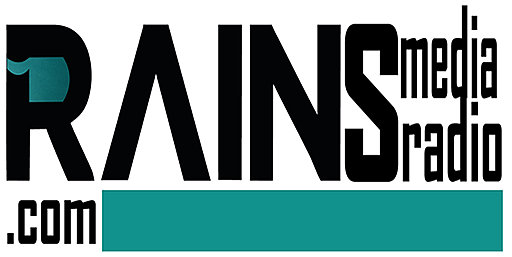Iran’s parliament confirmed Ali Madanizadeh, a 44-year-old economist, as economy minister on June 15, 2025, tasking him with reviving an economy battered by U.S. sanctions and 40% inflation. President Masoud Pezeshkian, a reformist elected in July 2024, nominated Madanizadeh for his expertise in monetary policy, developed at Sharif University and MIT. The appointment, approved by a 200-50 vote, signals a shift toward technocratic leadership.
Madanizadeh inherits an economy with 8% unemployment and a 30% rial devaluation in 2025, per IMF data. His agenda includes subsidy reforms, reducing reliance on oil exports (50% of revenue), and boosting non-oil sectors like agriculture, which grew 3% in 2024k. Sanctions, reimposed by the U.S. in 2018, have cut Iran’s GDP by 15%. Madanizadeh’s prior role at Iran’s Central Bank, stabilizing liquidity in 2023, bolsters his credibility.
The minister faces challenges, including 20% youth unemployment and $10 billion in frozen assets abroad, per Al Jazeera. Pezeshkian’s push for JCPOA revival talks, stalled since 2022, hinges on Madanizadeh’s ability to signal economic resilience, per The Guardian. He plans to digitize tax systems, targeting $5 billion in revenue by 2026, and expand trade with China, which imported $15 billion in Iranian oil in 2024.
Hardliners in parliament, wary of reformist policies, urged Madanizadeh to prioritize “resistance economy” principles, per BBC. His appointment follows a cabinet reshuffle, with 10 new ministers confirmed since August 2024. Iran’s 90 million citizens, grappling with 50% food price hikes, expect swift action, but analysts warn that sanctions and geopolitical tensions, including Iran’s Houthi support, limit prospects. Madanizadeh’s success will shape Pezeshkian’s reformist legacy.


